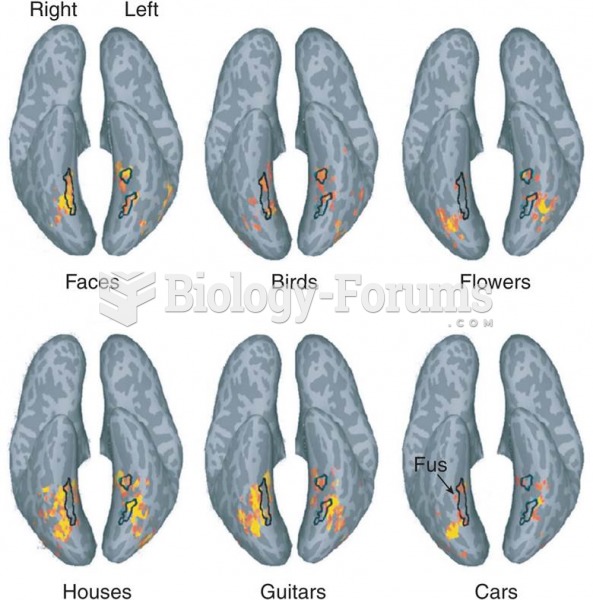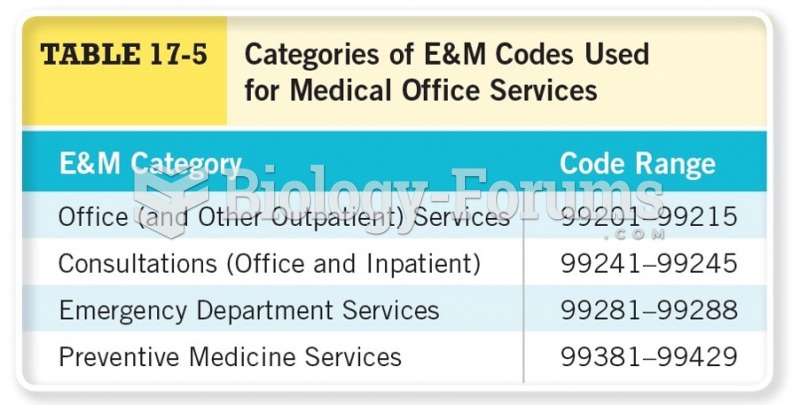|
|
|
Did you know?
Women are 50% to 75% more likely than men to experience an adverse drug reaction.
Did you know?
On average, the stomach produces 2 L of hydrochloric acid per day.
Did you know?
Approximately one in four people diagnosed with diabetes will develop foot problems. Of these, about one-third will require lower extremity amputation.
Did you know?
Thyroid conditions may make getting pregnant impossible.
Did you know?
Green tea is able to stop the scent of garlic or onion from causing bad breath.







